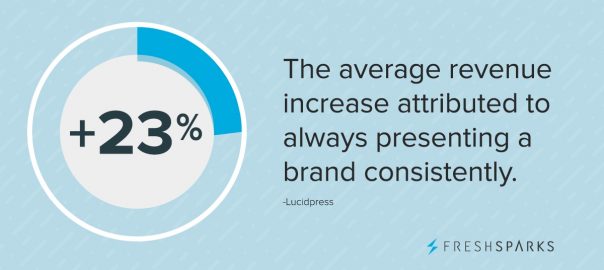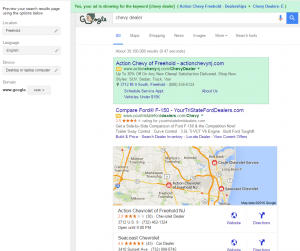
As a small business, you probably hear the word “branding” thrown around quite a bit. You know it’s important, but what exactly is small business branding?
At Curve, we explain branding as something fairly simple: who your company is, what you represent, and the unique value you offer. However, small business branding isn’t as straightforward as we’d like it to be. There are dozens of aspects to consider, and all of them must work together seamlessly to form a cohesive brand image.
That’s why we’ve compiled this list of the top factors that play a role in your company’s branding.
This article will help you understand who your brand is at its core – and what it showcases to its target consumers.
1. Unique Brand Identity
The first overarching concept to discuss is your brand’s identity. Who are you? How are you conveying your image, goals, and morals to your audience?
When learning how to brand your business, there are many elements that play a part in your unique identity formation.
A. Name
As the old cliché goes, there’s power in a name. The more expressive and inventive your name is, the more your brand instantly stands out from the competition.
Your small business needs a name that reflects the core of the company. Think about your founders, geographical location, and the words most associated with your industry. Don’t be a copycat – make sure that your brand name is noticeably different from those of your competitors.
B. Logo
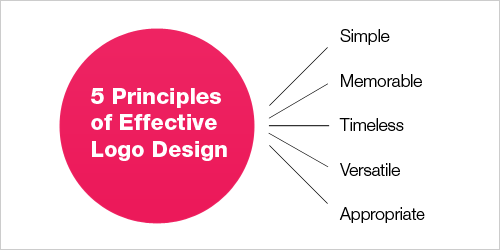
Image Source: Smashing Magazine
When you hear the brand name Nike, Apple, Facebook, and Pepsi – you can picture their logos instantly.
Your logo is the visual representation of your brand image. Using a strong logo consistently gives your company a recognizable presence.
As you design your logo, ensure that it’s something you’ll be proud to use for many years to come. It should be eye-catching, versatile, and easy to identify. If the logo is difficult to understand, hard to resize, or downright complicated, you’ll have a rough time establishing a unique identity in a memorable, instantly-recognizable manner.
C. Tagline
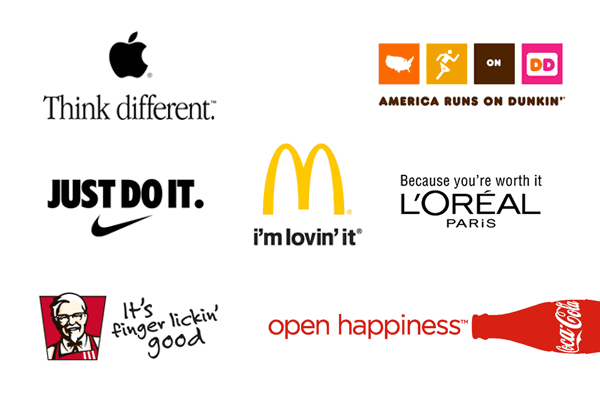
Image Source: Ebaqdesign
Many people refer to a tagline as your brand’s “slogan,” and they’re not wrong.
What do the catchiest, most memorable taglines have in common? Well, most are straightforward and hard-hitting. You won’t find many super popular slogans that are more than four, maybe five, words long.
At the same time, your tagline needs to be totally original and encompass a big part of what makes your brand special. Your slogan is arguably as important as your logo – so don’t just slap something boring underneath your name and call it good.
Even though a tagline is short, developing the perfect string of words to represent your brand takes a lot of critical thinking, time – as well as a fair amount of trial & error.
D. Color Scheme
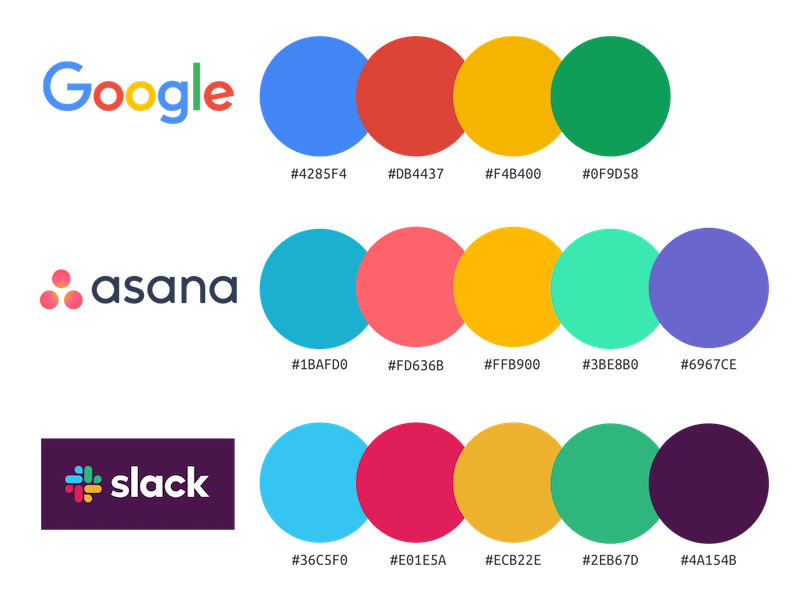
Image Source: Venngage
If you know anything about art or design, you know that different colors hold different connotations. You also know that there are hundreds of variations of each color – one company’s “red” isn’t always the same as the next’s.
When picking your key brand colors, ensure that they stand out and truly align with your brand’s image. Additionally, pick specific hex colors, not just general shades. You’ll want to keep your brand colors consistent on all platforms, advertisements, and messages.
As you can see, your brand identity isn’t tied to just one element, but to many. At the same time, each of your identification features, from logo to color palette, must work together to present an image that’s recognizable and cohesive.
2. Create a Brand Personality
Another one of our top branding tips for small businesses is to focus on your personality, not just its image.
How is a brand’s personality different from its image? To make it simple, let’s think about “image” as the way your brand looks and “personality” as the way your brand sounds.
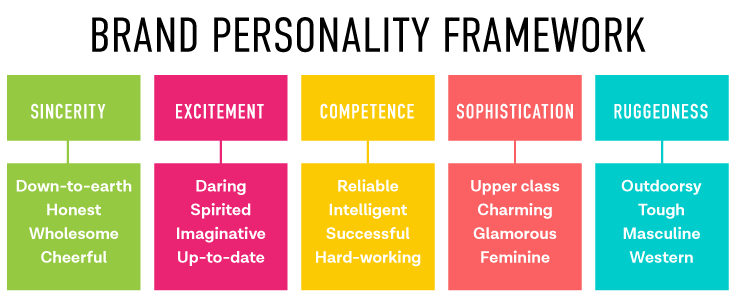
Image Source: Box 221
Every brand has a unique voice. Some exude fun excitement – others convey an air of sophisticated competency.
You’ll need to embark on a bit of a self-discovery journey to determine exactly what your brand’s voice and personality sound like. This isn’t always easy, but it’s essential to form a defined brand identity.
To help you start thinking about what your personality might be, here are a few questions to ask yourself:
– What is our overarching brand mission?
– What are the most important concepts and goals for our company?
– What qualities/descriptors match our business or products?
– If our brand were a person, what would they look and sound like?
Another one of our recommended branding strategies is to research your audience’s personalities. Learning what they like and dislike, their motivations, as well as how they communicate will help you establish a much stronger brand personality.
After all, your brand’s attributes should match up well with your target customers. Otherwise, you’ll struggle to make any sort of impact with the right people.
3. Original User-Generated Content (UGC)
On to the next best way to brand your business: gathering free content from your followers and buyers.
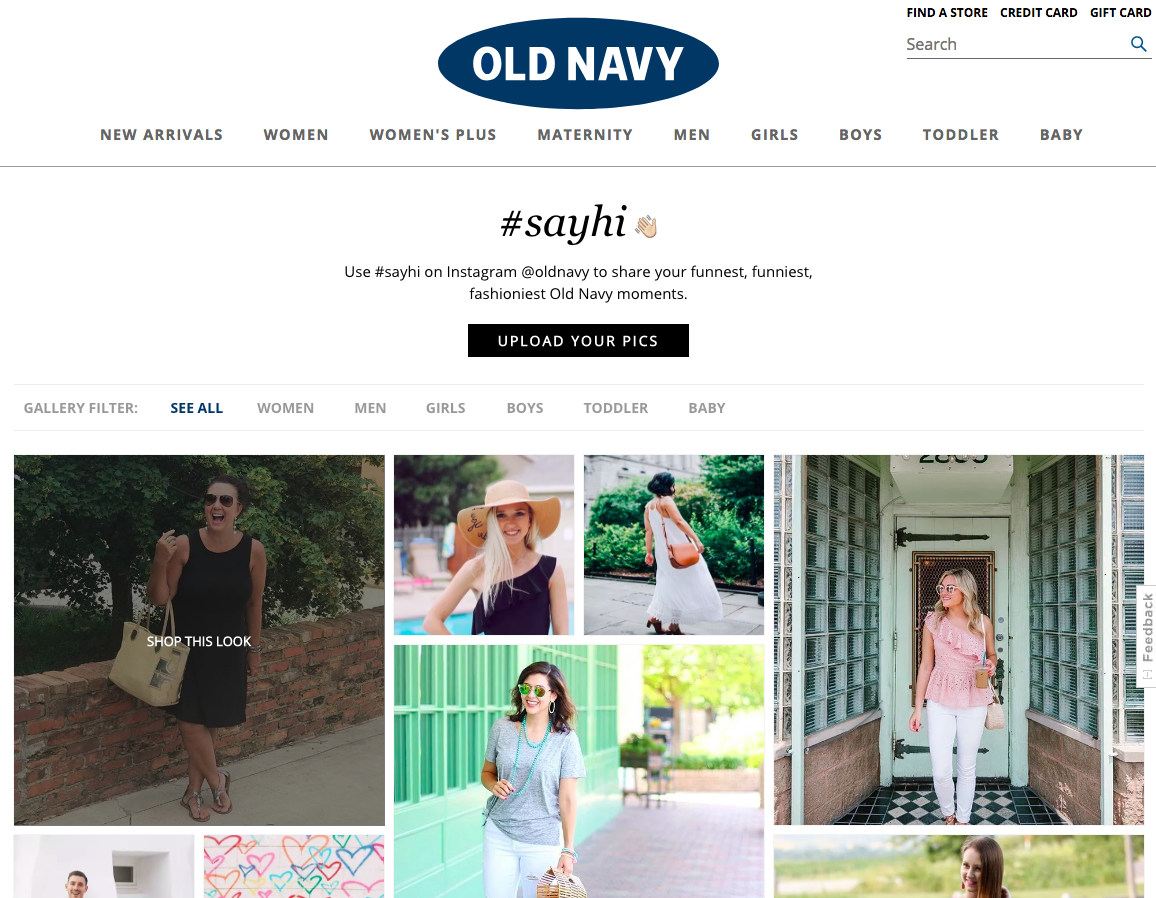
Image Source: Old Navy
You’ve probably seen businesses – big and small – share Instagram pictures, Facebook posts, and reviews from their best customers. This is a fantastic way to boost brand awareness quickly and organically.
User-generated content effectively brands your business as a company that’s credible, real, and liked by actual people. Maximize this content’s power by sharing it on your own social media pages and website. You might even want to consider creating a unique hashtag just for your UGC.
Not only will sharing this content draw in more users, it will also make your current followers feel special as they step into your spotlight for a hot minute.
4. Engaging Content
A monumental part of what makes a small business successful is its content. You’ve heard “content is king” – and we couldn’t agree more.
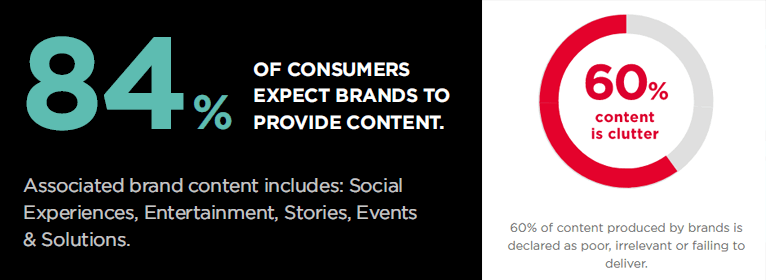
Image Source: Smart Insights
Consumers nowadays don’t just like content – they expect it. Content creation is a fantastic way to brand your business as an authority within the industry.
As you write, video, share, and promote, remember this: content is most effective when it is highly relevant and evocative. You want to create content that delivers strong messages and gets your customers to act.
As the statistic above indicates, much of the content online is simply clutter. Don’t let irrelevant content cloud your brand message – stick to the stuff that really matters.
5. Social Listening
If this is the first time you’ve ever heard of social listening, pay attention. You’ll quickly realize how essential it is to branding your small business effectively.
Social listening involves tracking your social media platforms and watching for mentions and conversations that reveal what your customers are thinking. This gives you the opportunity to understand your audience on a new level – as well as learn how they view your brand.
Typically, the social listening process involves:
– Monitoring all mentions, from competitors, social accounts, keywords, etc.
– Responding to and understanding reviews from customers (positive and negative)
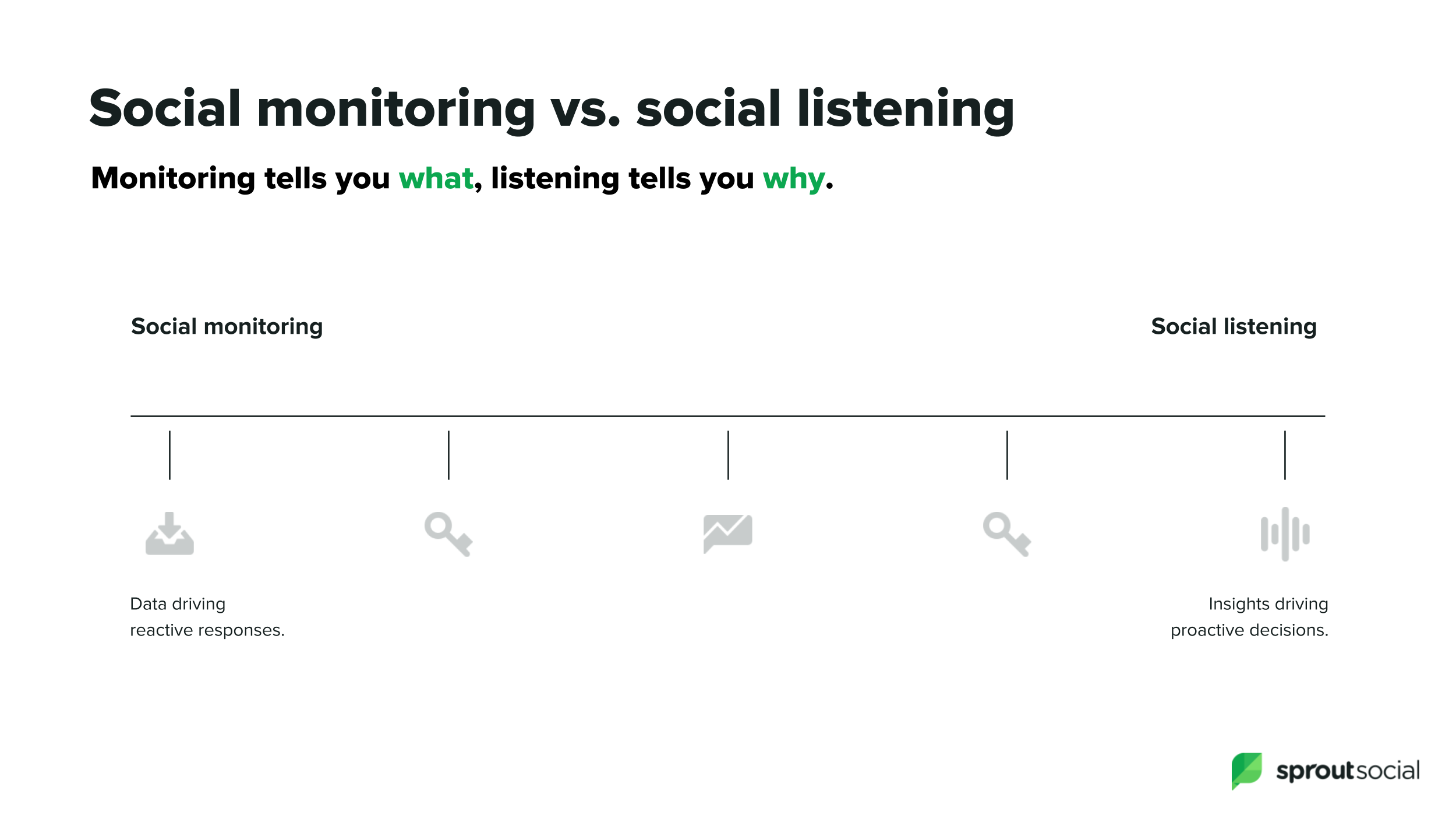
Image Source: Sprout Social
Keep in mind that social listening isn’t really about how many mentions your brand is getting – that would be “social monitoring”. The concept revolves more around understanding perceptions of your brand, as well as consumer moods and sentiment.
Doing so helps you brand your business in a way that appeals to more customers. You can correct it when a message hits poorly or improve on weaknesses people seem to discuss frequently.
6. Showcase Expertise
Our sixth tactic for learning how to brand your business is fostering your authority.
You want to brand your company as an entity that knows its stuff. Whether you’re advertising products or intangible services, your customers need to understand that you have expertise in your particular field – and are the right person for the job.
How do you cultivate brand expertise? With the following tactics.
A. Blogs
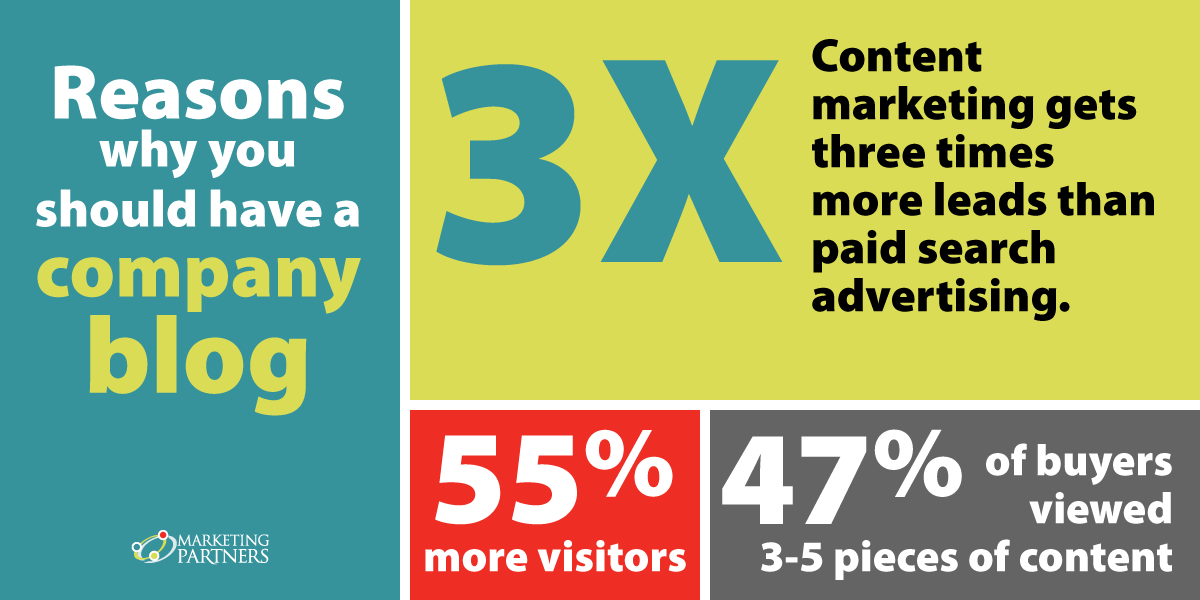
Image Source: Marketing Partners
If you have a company blog, people will read it. They’ll want to learn why they should trust your brand and its products/services – and a blog helps you do that with ease.
Work on publishing regular blog posts that reveal your brand’s level of expertise. Adopt a consistent tone and work toward cultivating a blog library focused on your most important keywords. The goal is to create a resource center that people can turn to for trustworthy advice, information, and direction.
Believe us: this will work wonders for your small business’s brand image.
B. Social Media Posts
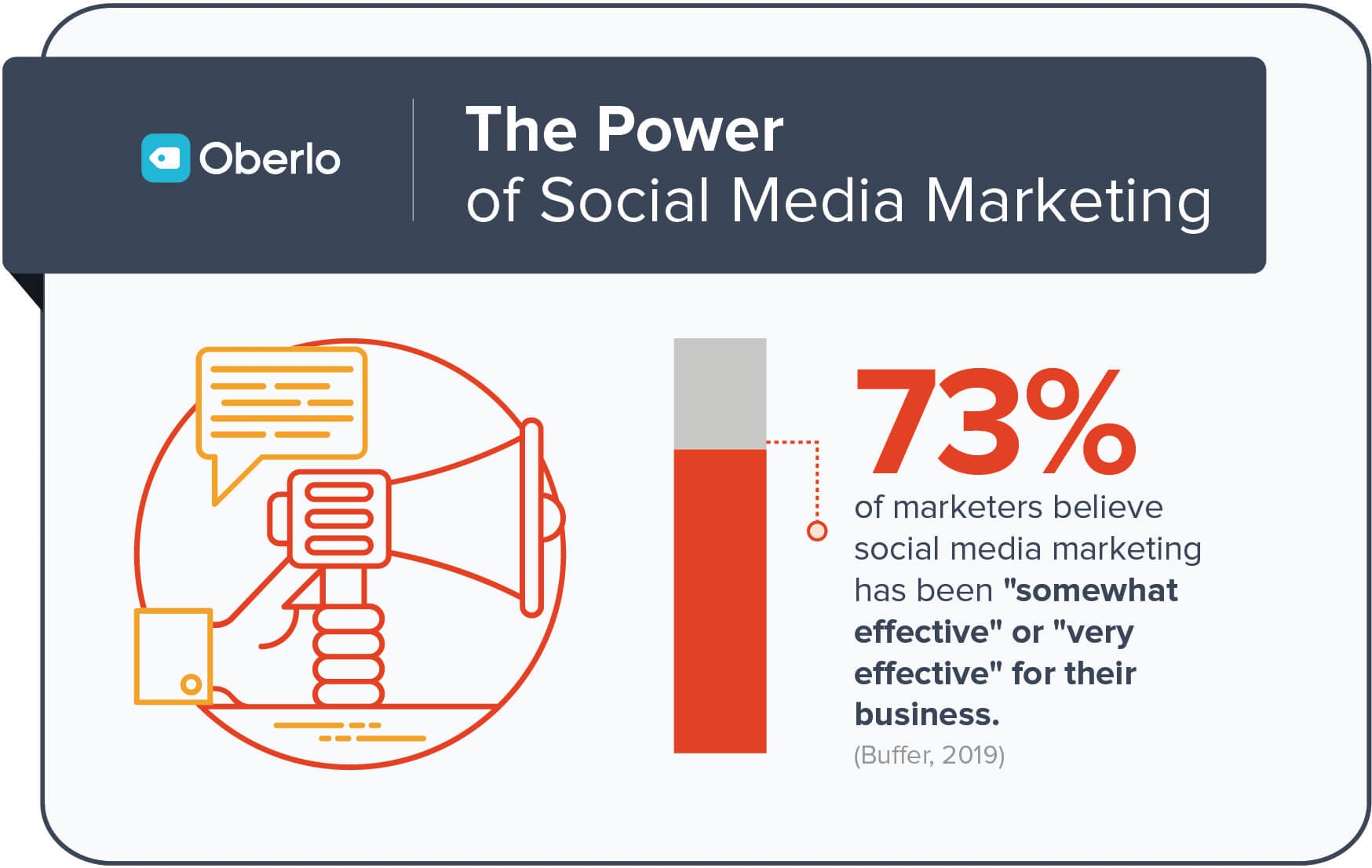
Image Source: Oberlo
As you probably know, social media is essential for any company that wants to grow in 2020. Showcase your expertise by tapping into the power of Facebook, Twitter, Instagram, and other platforms.
Remember that your social media marketing campaigns aren’t just created to entertain – they’re supposed to help establish your brand as a credible and relatable company. Interlink all of your social media profiles and consistently publish helpful information to grow your brand.
C. Videos
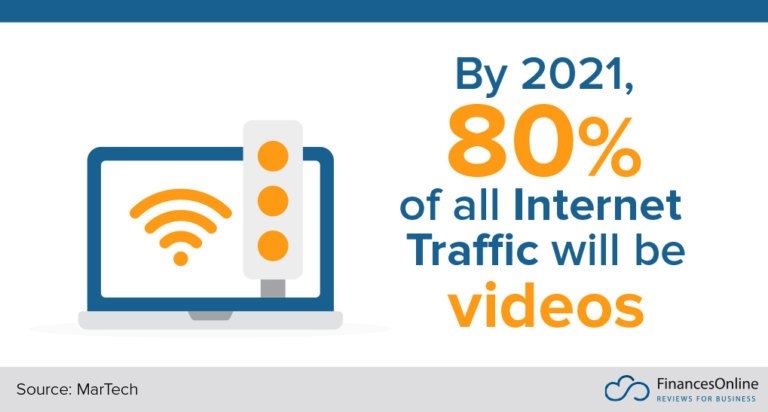
Image Source: Finances Online
Never made a video for your brand before? Well, it’s time to jump on the bandwagon, because more and more of the internet is now consumed by video media – with no sign of stopping
Consider posting videos to your social media accounts or even creating a YouTube account. This is your chance to present real brand representatives and lively media in a new way.
Host video interviews. Create how-to shows. Answer queries in a live Q&A. Video provides a wide range of opportunities to grow your brand’s respectability – you just need to tap into them.
D. Podcasts
Although they barely existed a decade ago, podcasts are now a part of a booming auditory industry. Reach consumers as they listen in their cars, jog with headphones in, or distract themselves on a plane ride.
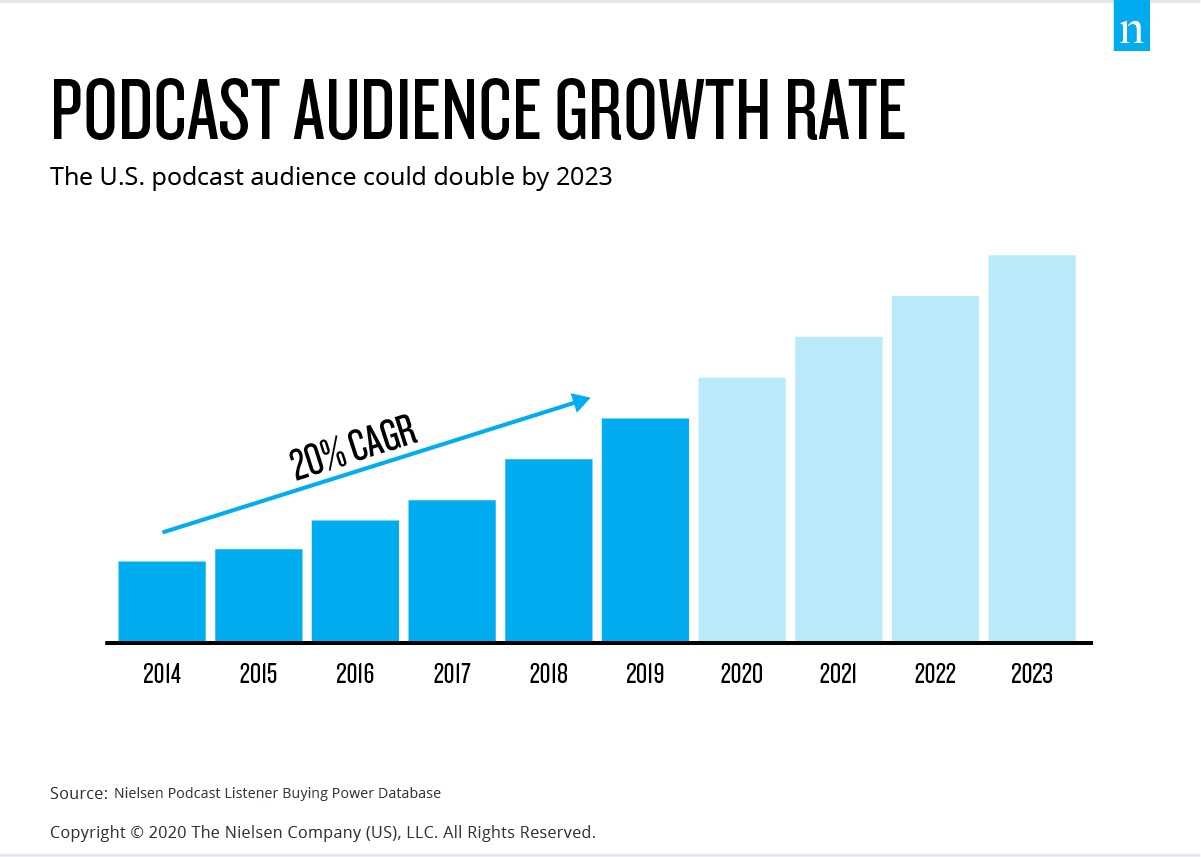
Image Source: Nielson
Podcasts are often heralded for their informative attributes. By recording an intelligent discussion that people can listen to, you’re fostering brand credibility.
Consider hosting your podcast with your top employees and invite other experts from your industry. Impressive guests and interesting topics will only boost your perceived expertise amongst followers.
7. Consistency
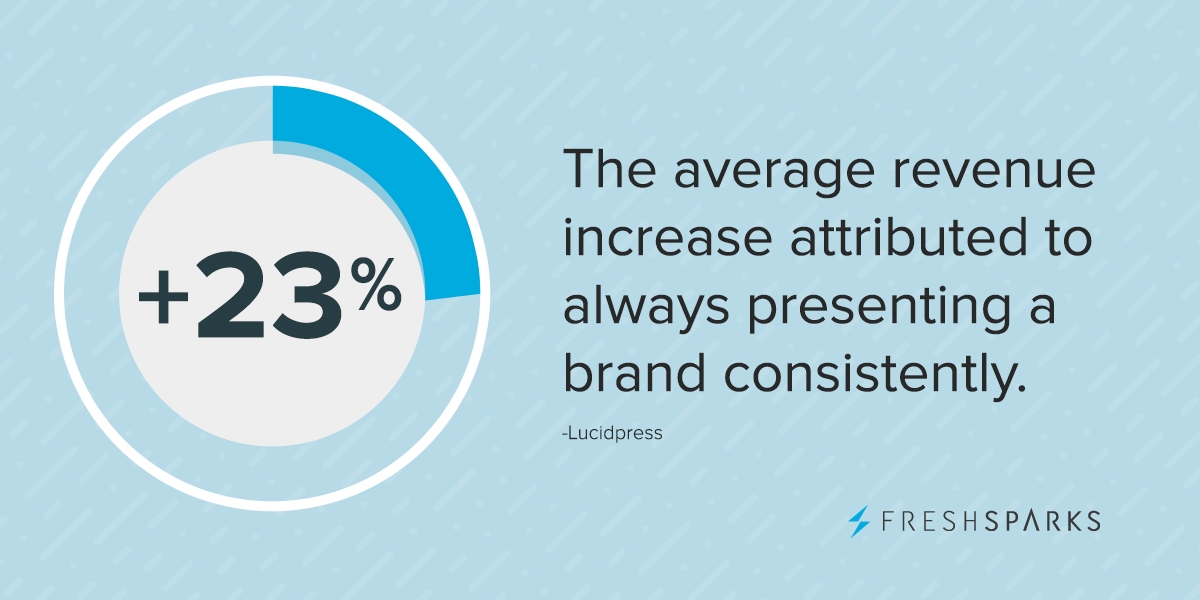
Image Source: Fresh Sparks
Consistent branding strategies give you something called “brand equity,” AKA the value of your company’s products/services that allow you to charge extra simply because you produced it.
For example, many people are far more likely to buy a YETI cooler over a generic, nonbranded cooler because they know and respect the brand. Therefore, YETI can charge far more for their products than the average cooler company due to their strong brand equity.
If you want people to pay for your products and support your brand over others, consistency is key. Pick a few strong strategies and stick to them, rather than hopscotching all over the place.
In Conclusion
Hopefully, this article has taught you a little bit about how to brand your business effectively, regardless of its size. The more purpose and thought you put into your branding efforts, the stronger your image and personality will become.
Business & Finance Articles on Business 2 Community
(68)
